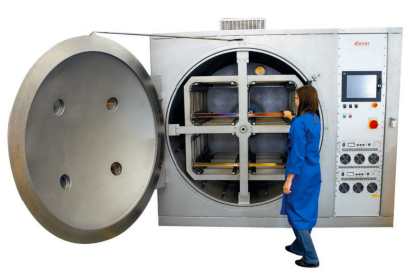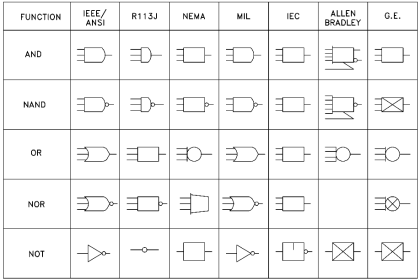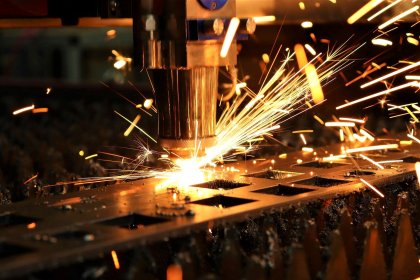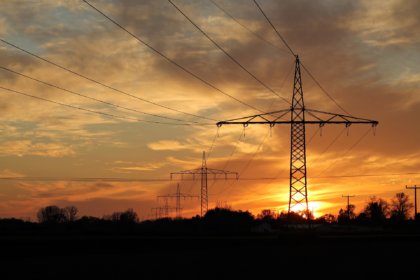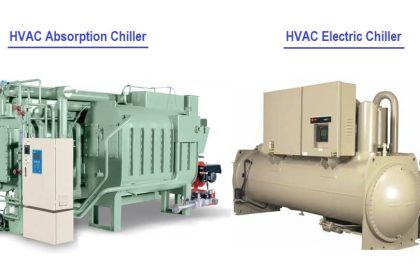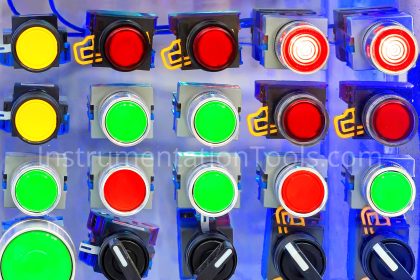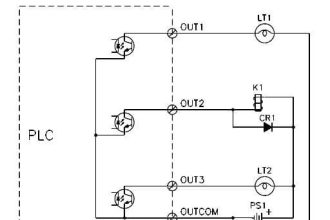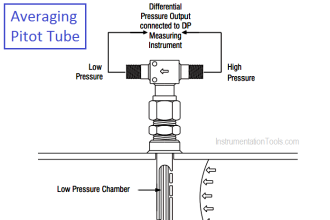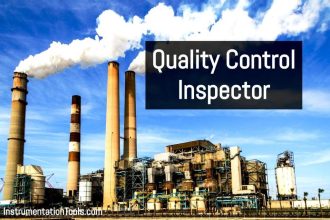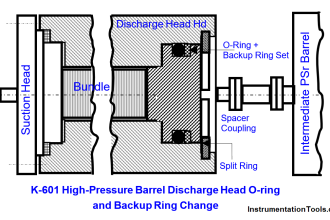When irrigation facilities are set in a land, you may have seen pumps that suck water from underground and supply water to the field. Often, the pump suctions water from a great depth, typically about 100 feet. Diving water from such deep lengths requires a great amount of power to draw. For this, a pump called a jet pump is used.
Jet pumps are of important use in facilities that require drawing water from underneath, be it for industrial purposes, domestic purposes, or agricultural purposes. In today’s world where technologies are fast driving to find other water resources, jet pumps become very useful. In this post, we will see the concept of a jet pump.
Jet Pump
A jet pump uses a jet of water or fluid to create suction, drawing water from a well or other source. The jet pump is often used in shallow wells and combines the principles of both centrifugal force and fluid mechanics to lift water.
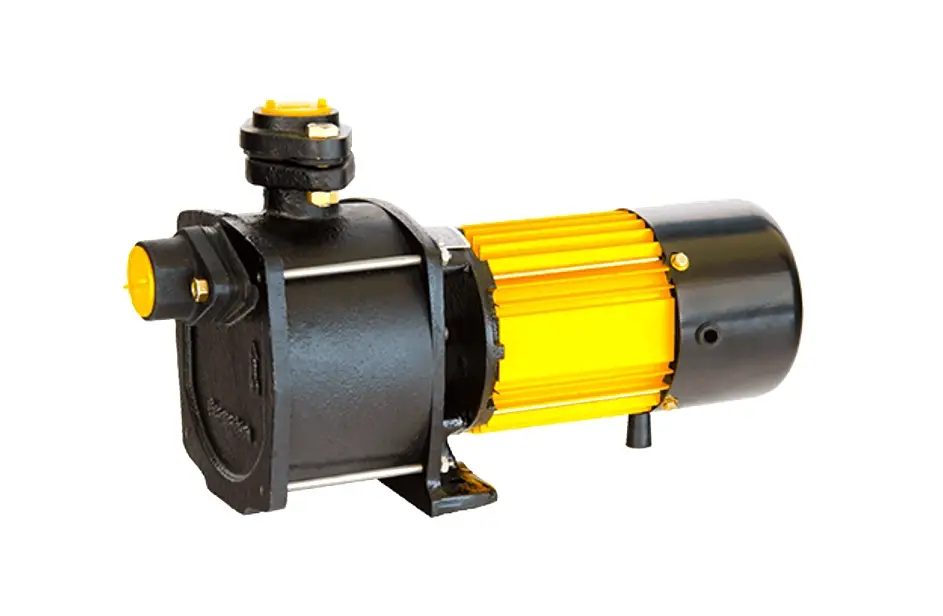
Why is a jet pump required?
First of all, let us first understand the importance of this pump. When you are trying to suction water from a deep well or other underground system, a normal pump cannot do it. It requires the necessary power to draw it.
A normal pump can draw water up to a level mostly at the wellhead. But then, you will reach a point where your water delivery will stop as the pump head suction cannot reach the deep waters due to its design.
In that case, you may either get only some quantity of water or get no water. For this reason, a jet pump is used where it is every time not possible to install a submersible pump.
How does a jet pump work?
Have you ever imagined why water travels a large distance when you stop the flow of it on a garden hose? This is because the path has been blocked and you decrease the pressure. Decreasing the pressure allows the water to be thrown like a jet into the garden. The same principle applies here in a jet pump.
A jet pump has a nozzle tip inserted in deep waters. A low pressure is created around the nozzle tip every time due to its design, which makes a suction area around it. When the pump turns on, the impeller rotates and the water stream from the deep nozzle tip is carried along the pipeline to be ejected out like a jet. This is because the water pressure is low this time. This gives water supply to the areas required from beneath the groundwater levels.
In actuality, this theory is also co-related to fluid dynamics. It is important to note that jet pumps should never run dry without water. For this, a process called priming is used before turning the pump on. Priming means filling the ejector and nozzle up to the desired water level so that it remains submerged and ensures that the pump is now connected with deep wells properly.
An important component here is a foot valve. The foot valve is located at the below part of the pump and is the first contact-making part with the ground. It helps to filter debris and other bad elements from entering the pump. It also helps to prevent the backflow of water (from pump to ground again).
Types of Jet Pumps
The main types of jet pumps are as follows
- Shallow Well Jet Pump
- Deep Well Jet Pump
- Convertible Jet Pump
- Ejector Jet Pump
- Steam Jet Pump
- High-Pressure Jet Pump
- Air Jet Pump
The popular types are shallow well jet pumps and deep well jet pumps.
Shallow jet pumps well work up to depths of 25 feet. They are best suitable for residential water supplies and agricultural purposes. Deep well jet pumps work up to depths of 150 feet. They are used for large residential buildings, as demand here increases too.
Comparison of Jet Pumps
| Type of Jet Pump | Application | Depth Capability | Operation Principle | Key Features |
|---|---|---|---|---|
| Shallow Well Jet Pump | Used for shallow wells, typically in residential water systems | Up to 25 feet | Uses a single pipe to draw water from the well | Simple design, easy to maintain |
| Deep Well Jet Pump | Ideal for deeper wells | 25 to 150 feet | Uses two pipes, one for pulling water and the other for pushing it | Can reach greater depths than shallow well pumps |
| Convertible Jet Pump | Versatile for shallow or deep wells | Up to 90 feet (depending on configuration) | Can be configured as either shallow or deep well pump | Flexible, can be adapted based on water table depth |
| Ejector Jet Pump | Used in various applications, including industrial | Varies | Utilizes a high-speed jet to mix with the fluid and create a vacuum | Efficient in handling viscous fluids or mixtures |
| Steam Jet Pump | Industrial applications, often for pumping liquids or gases | Varies | Uses steam as the working fluid to create suction | No moving parts, handles high-temperature fluids |
| High-Pressure Jet Pump | Industrial cleaning, cutting, and descaling | Not applicable | Generates high-pressure water jet | Used for cutting, cleaning, and descaling in industrial settings |
| Air Jet Pump | Aeration, mixing, or to move liquids | Varies | Uses compressed air to create a vacuum and induce flow | Often used for mixing or aeration in process industries |
How to Choose the Right Jet Pump?
One main factor to consider while choosing the right pump is the ejector and nozzle used. Not every nozzle can work for any pump. It has to be properly engineered by the concerned persons because the nozzle and ejector are the heart of the system.
If water is not able to be drawn properly, then there is no use in working with the pump. So, choosing the right models with the corresponding pumps works fine for the system.
If you liked this article, then please subscribe to our YouTube Channel for Electrical, Electronics, Instrumentation, PLC, and SCADA video tutorials.
You can also follow us on Facebook and Twitter to receive daily updates.
Read Next:
- What is a Dosing Pump?
- How to Protect Pumps?
- Compressor Maintenance
- Process Control Loop Test
- Positive Displacement Pumps
